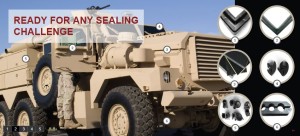Rubber Channels for Sealing and Insulation
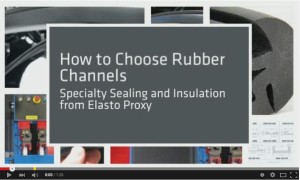
Rubber channels keep window glass from rattling and seal out wind, weather, and water. Learn how to select rubber channels for your application, and how custom channels are fabricated from standard rubber profiles.
Rubber channels help to secure window frames and hold window glass in place. They eliminate rattling and provide protection against weather, water, dust, rust, and drafts. Most rubber channels are formed through extrusion, a manufacturing process that creates profiles with complex cross-sections and a smooth surface finish. Beaded rubber channels contain stainless steel beads to support installation without stretching or pulling. Unbeaded glass run channels with coated linings are also available. (more…)

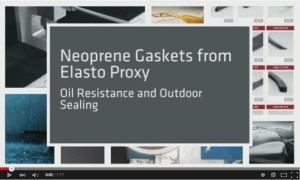
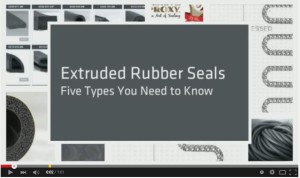
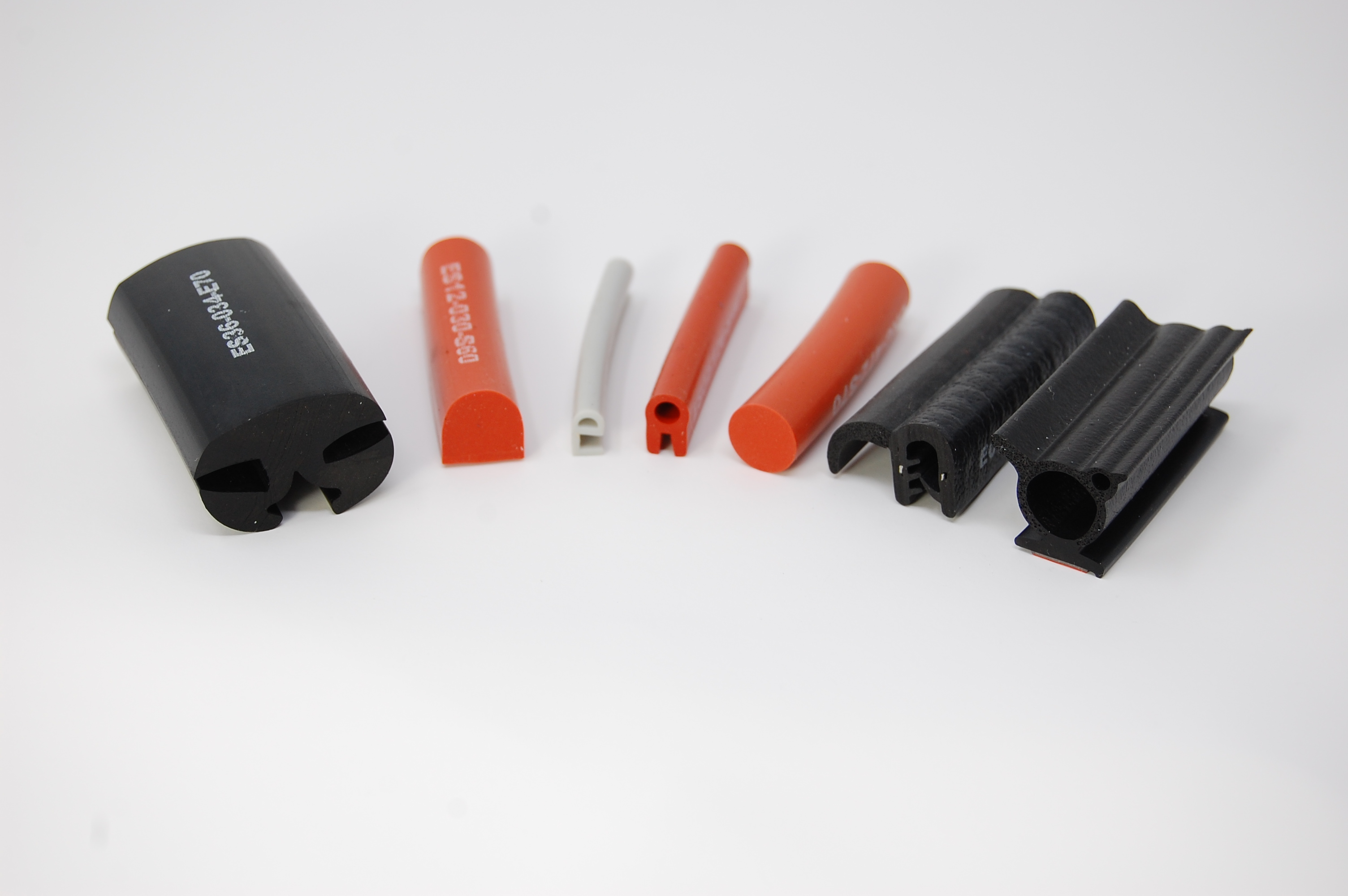
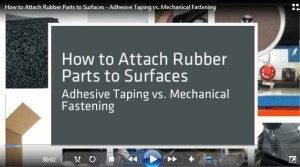
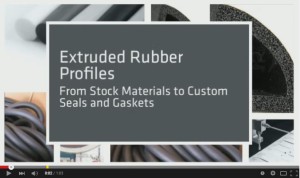
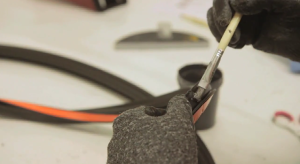 Learn about hot splicing for rubber gaskets, and how vulcanization creates O-rings, door gaskets, window gaskets, and other spliced seals.
Learn about hot splicing for rubber gaskets, and how vulcanization creates O-rings, door gaskets, window gaskets, and other spliced seals.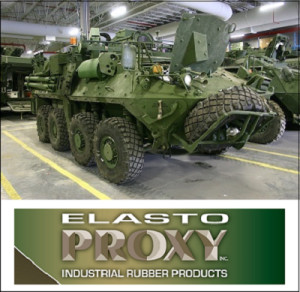 Learn about military specifications for rubber gaskets, and why defense contractors need a custom fabricator that can do more than convert elastomeric materials.
Learn about military specifications for rubber gaskets, and why defense contractors need a custom fabricator that can do more than convert elastomeric materials.